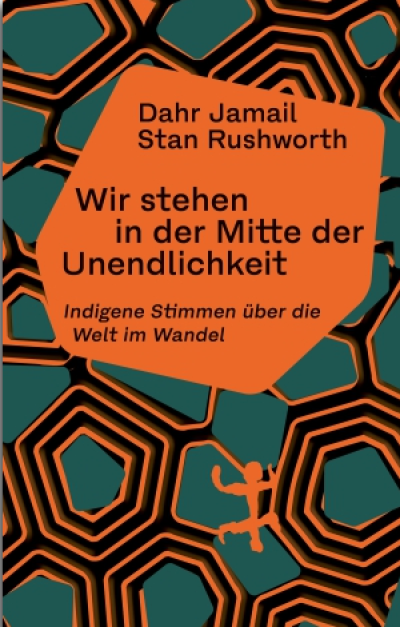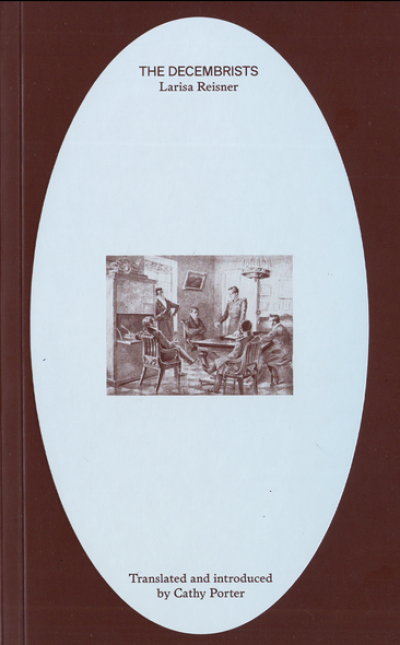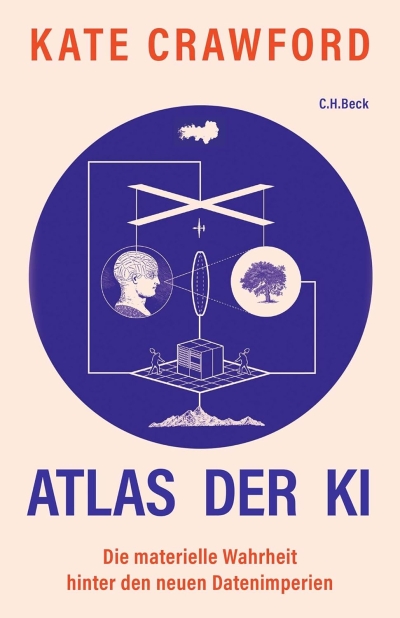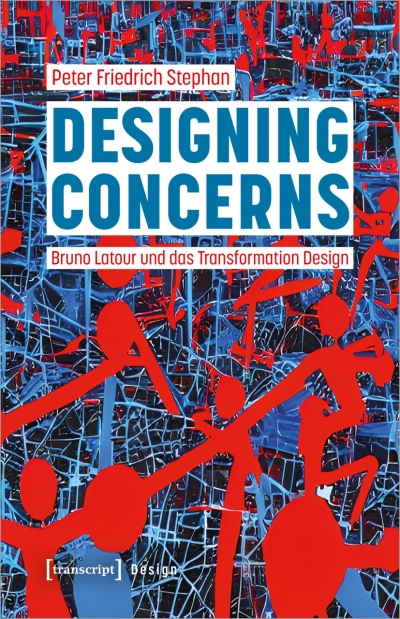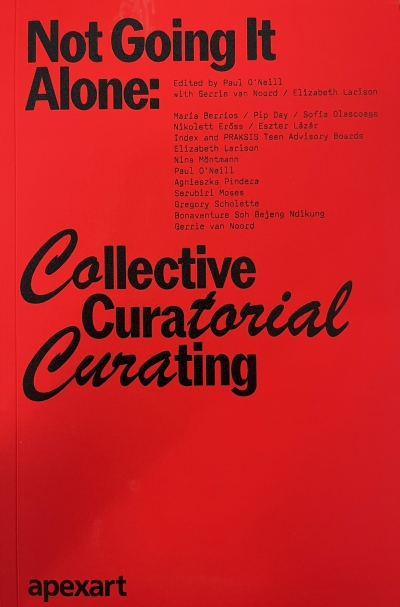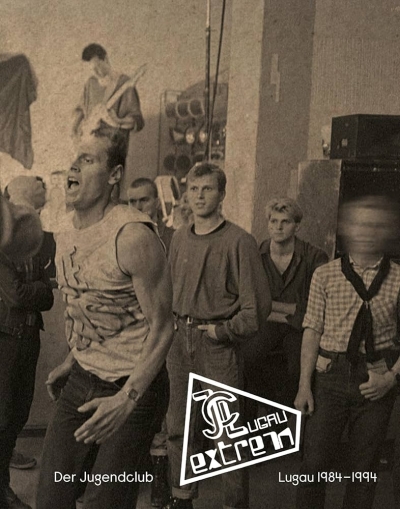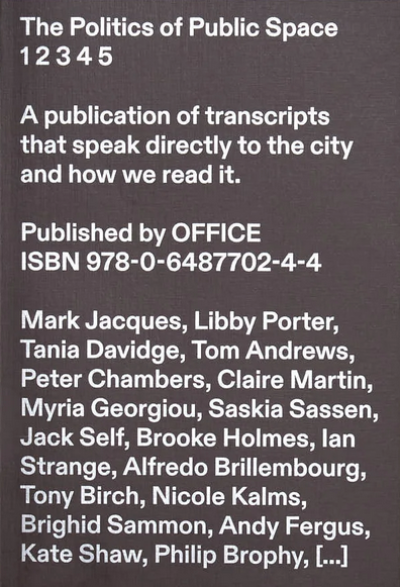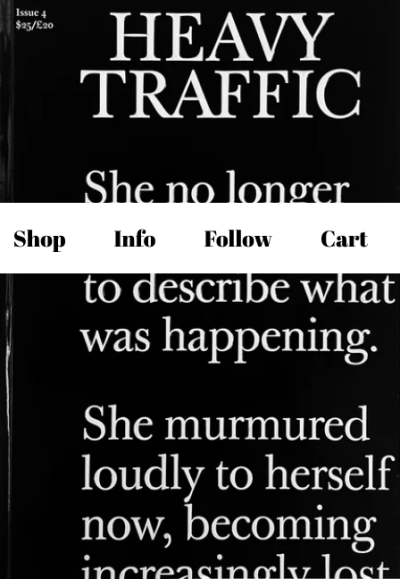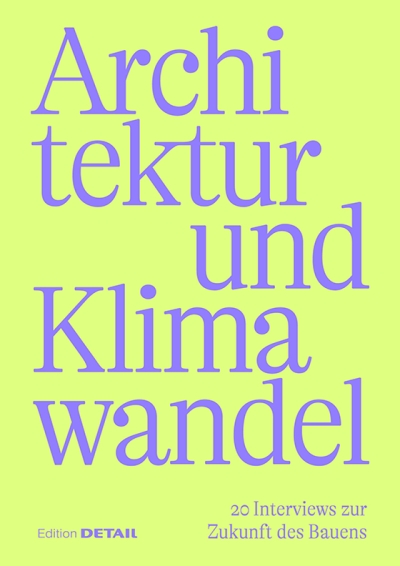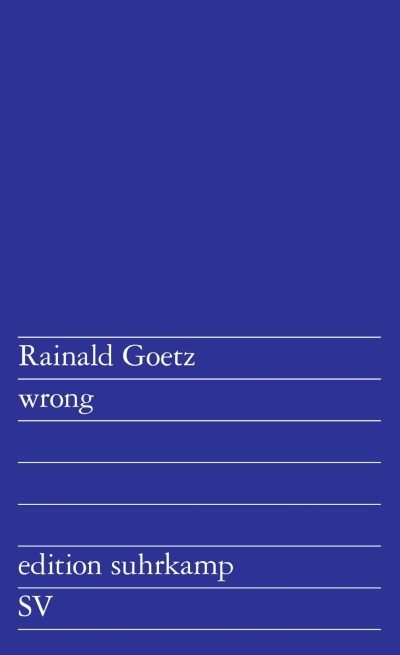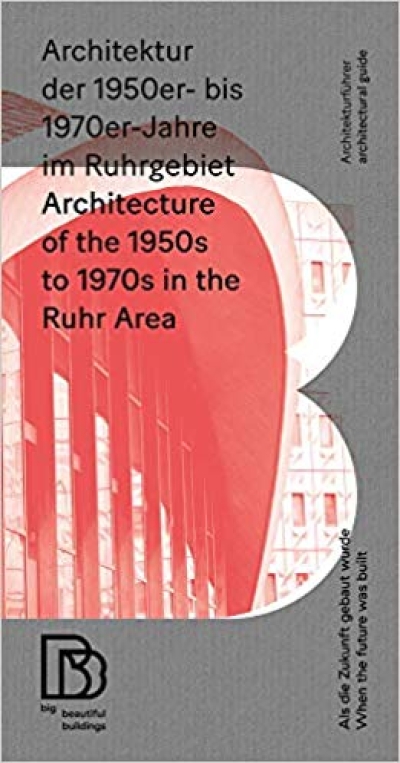
Architektur der 1950er bis 1970er Jahre im Ruhrgebiet: Als die Zukunft gebaut wurde
Die 1950er- bis 1970er-Jahre waren im Ruhrgebiet, aber auch in vielen anderen Städten und Regionen Europas, eine Zeit des Aufschwungs, geprägt durch Innovationsgeist und Experimentierfreude. Ehrgeizige architektonische und städtebauliche Projekte führten zur Entstehung moderner Schulen, Universitäten und Rathäuser, Kirchen, Kaufhäuser und Wohnsiedlungen. Einst entstanden als Ausdruck einer besseren Zukunft, sind viele dieser Bauten heute in Vergessenheit geraten. Andere werden bewusst verschmäht, gelten als Symbol gescheiterter sozialer Utopien oder verstecken ihre Qualität hinter ungepflegten Fassaden. So liegt es oft am mangelnden Wissen über diese Architektur, dass sie nicht die Wertschätzung genießt, die ihr zusteht. Nur wenige Bauwerke haben es deshalb zu gebührender Popularität gebracht, etwa die Grugahalle in Essen, der Florianturm in Dortmund oder das Musiktheater in Gelsenkirchen.
Der vorliegende Architekturführer möchte dazu einladen, diese vergessene Architekturepoche des Ruhrgebietes neu zu entdecken. Insgesamt 54 Objekte in 17 Städten wurden für das Buch ausgewählt, neu fotografiert und beschrieben. In ihrer Gesamtheit bilden sie ein vielschichtiges und umfassendes Bild ihrer Epoche.
Dt. / Engl.
Architecture of the 1950s to 1970s in the Ruhr Area. When the Future was Built
The boom years from the 1950s to the 1970s were marked by a pioneering spirit and a great drive for innovation in the Ruhr district as well as in many other regions and cities throughout Europe. Modern schools, universities, city halls, churches, shopping malls, and housing estates popped up as a result of ambitious architectural and urban planning projects. While back then they were created as a visual expression of a hope for a better future, a large number of these buildings are now falling into decay.
Others are disdainfully ignored or have their merits concealed behind crumbling facades and are regarded as symbolic of failed social utopias. Frequently this architecture does not enjoy the appreciation it deserves simply because people have no information about it. Only very few such buildings therefore have gained their due recognition: Essen's Grugahalle for instance, Dortmund's Florianturm, or Gelsenkirchen's music theatre.
The current guide invites you to explore the forgotten gems of this period of architecture in the Ruhr district. In total, the book sheds light on 54 structures, throughout 17 cities, all of which were specially selected, photographed, and described for this publication. Joined together they offer a vivid and comprehensive panorama of their era.



